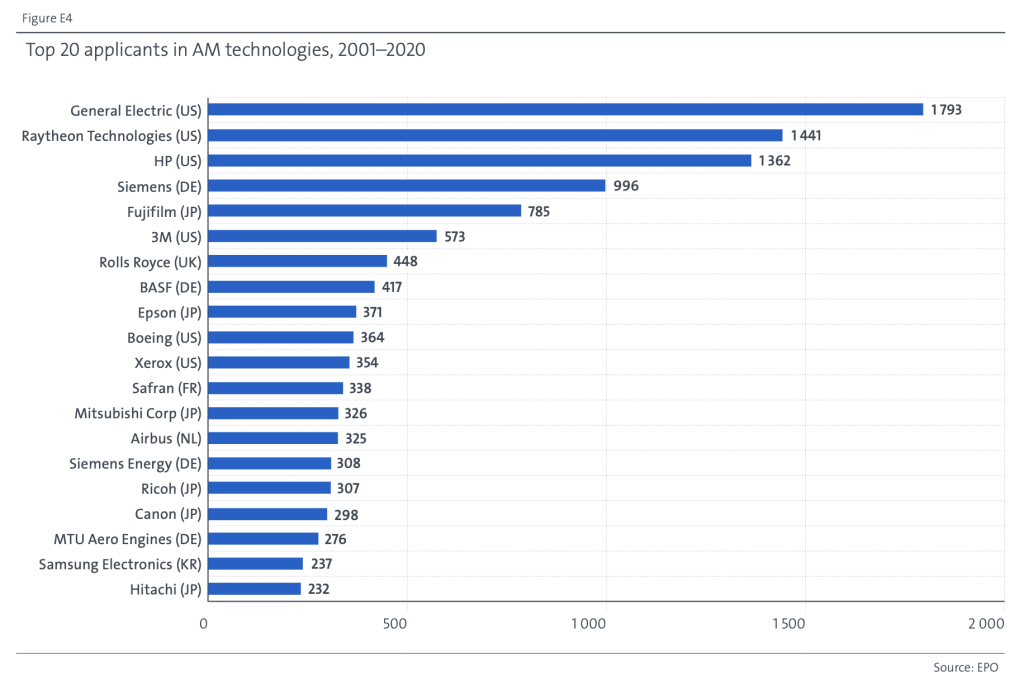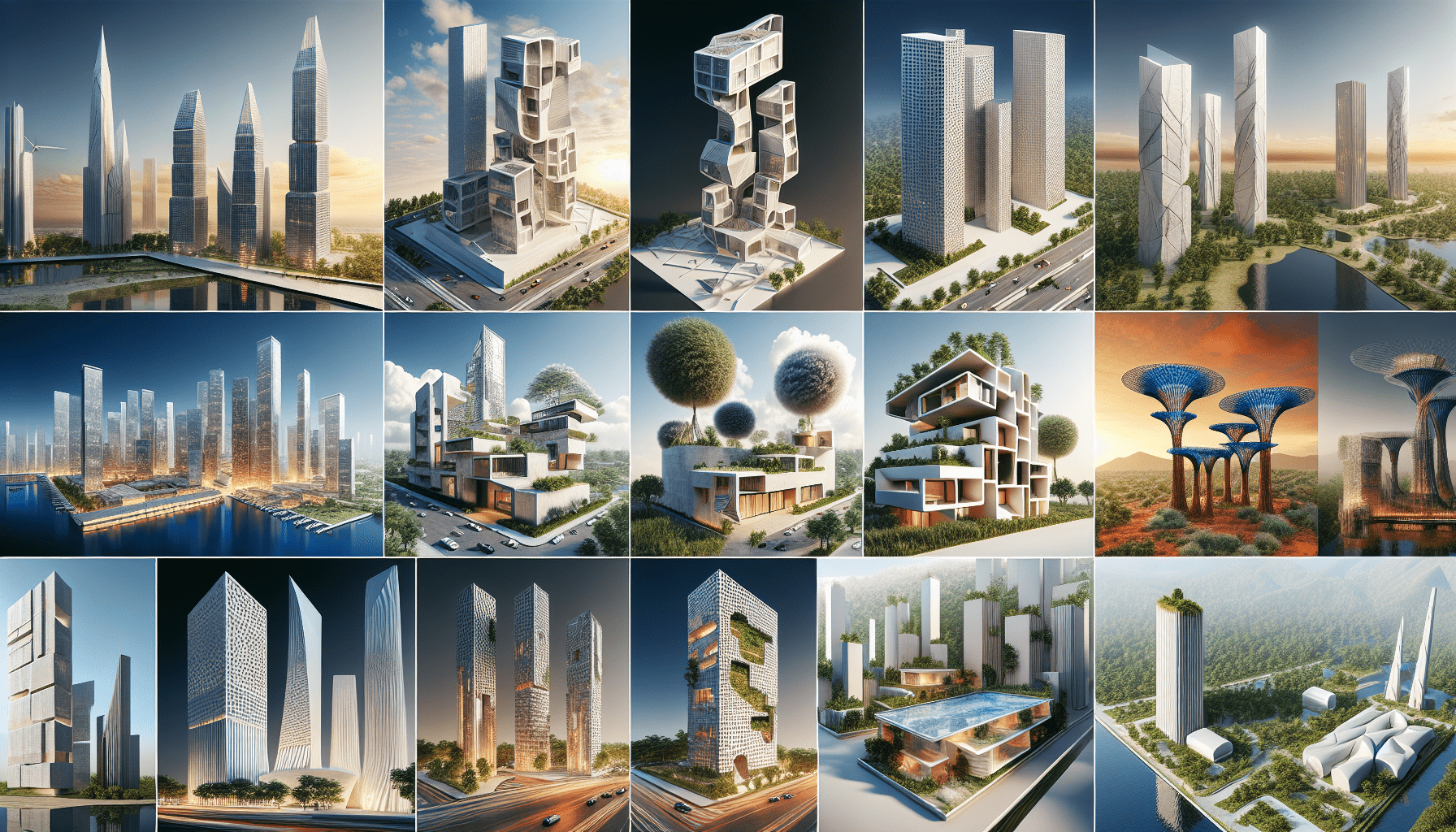ELEGOO Mars 5 Ultra 9K Resin 3D Printer, 150mm/h High Speed Printing, Smart Automatic Leveling, Intelligent Detection, WiFi-Transfer, Printing Size of 6.04 x 3.06 x 6.49 inch
$284.99 (as of June 19, 2025 23:45 GMT +00:00 - More infoProduct prices and availability are accurate as of the date/time indicated and are subject to change. Any price and availability information displayed on [relevant Amazon Site(s), as applicable] at the time of purchase will apply to the purchase of this product.)Step into the future with Tor Alva, the world’s tallest 3D-printed structure currently under construction in the breathtaking Swiss Alps. Architects Michael Hansmeyer and Benjamin Dillenburger are collaborating with ETH Zurich to bring this innovative project to life. Using 3D printing technology and concrete, Tor Alva will stand at an impressive height of 30 meters once completed. The goal of this project is not only to create a visually stunning architectural marvel but also to showcase the potential of 3D printing in reducing material consumption and offering limitless design possibilities. With its intricate geometric patterns and unique construction method, Tor Alva is set to revolutionize the way we think about construction.
Overview of Tor Alva
Introduction to Tor Alva: The World’s Tallest 3D-Printed Structure
Tor Alva is a 30-meter-tall tower being constructed in the Swiss Alps. It is set to become the world’s tallest 3D-printed structure once completed. Architects Michael Hansmeyer and Benjamin Dillenburger are leading the project, in collaboration with ETH Zurich, a technology university.
Construction of Tor Alva in the Swiss Alps
Tor Alva is being constructed in Mulegns, Switzerland. The tower will be situated on top of an existing building that was previously used as a blacksmith’s shop. The first eight Y-shaped columns have already been 3D-printed using a concrete extrusion process developed at ETH Zurich by the Digital Building Technologies (DBT) team.
Architects behind Tor Alva: Michael Hansmeyer and Benjamin Dillenburger
Michael Hansmeyer and Benjamin Dillenburger are the architects behind Tor Alva. They aim to showcase the potential of 3D printing with concrete and emphasize how this technology can reduce material consumption in construction. Their goal is to push the boundaries of design and explore the possibilities offered by 3D printing.
Benefits of 3D Printing with Concrete
Reducing Material Consumption in Construction
The use of 3D printing with concrete in construction allows for precise application of the material, reducing waste and minimizing material consumption. This technology enables architects and engineers to optimize the use of concrete in their designs, resulting in more efficient and sustainable structures.
Precise Application and Minimizing Waste
With 3D printing, concrete can be applied precisely where it is needed, minimizing waste and improving overall construction efficiency. Unlike traditional construction methods, where excess materials often end up as waste, 3D printing allows for a more targeted and controlled use of concrete, reducing environmental impact.
Complex Geometries and Bespoke Components
One of the key advantages of 3D printing with concrete is the ability to create complex geometries and bespoke components. This technology enables architects to design structures with intricate and unique shapes that would be difficult or costly to achieve using traditional construction methods. It offers a new freedom of design and opens up possibilities for innovative architectural solutions.
The Printing Process and Design of Tor Alva
The Concrete Extrusion Process
The concrete extrusion process used in the construction of Tor Alva involves the use of robotic arms to 3D print the concrete structures. The concrete is extruded layer by layer, following a pre-designed digital model. This process allows for precise control and customization of the printed structures.
Integration of Rebar and Post-Tensioning System
To ensure structural strength, rebar is integrated into the 3D-printed concrete columns during the printing process. Additionally, a post-tensioning system is used to further enhance the strength of the columns. These measures enable the construction of a 30-meter-tall tower while maintaining structural integrity.
Unique Geometric Patterns on Tor Alva’s Structure
The 3D-printed concrete structures of Tor Alva feature unique geometric patterns on their surfaces. These patterns are a result of the design freedom afforded by 3D printing and demonstrate the aesthetic possibilities of this technology. The intricate textures add visual interest to the tower’s overall design.
Challenges and Solutions
Thin-Shelled and Hollow Columns
One of the challenges faced during the construction of Tor Alva was creating thin-shelled and hollow columns that reduce material usage while maintaining structural strength. This was achieved through the integration of rebar and a post-tensioning system, ensuring the columns’ stability and durability.
Structural Strength and Height
As the world’s tallest 3D-printed structure, Tor Alva required careful consideration of its structural strength and stability. By incorporating rebar and a post-tensioning system during the printing process, the architects were able to achieve the necessary strength to build the 30-meter-tall tower.
Formwork-Free Fabrication
Traditional construction methods often require formwork for the pouring and shaping of concrete structures. However, 3D printing eliminates the need for formwork, reducing material usage and construction time. Tor Alva showcases the possibilities of formwork-free fabrication through its 3D-printed concrete columns.
Current Progress of Tor Alva
Number of Completed Structural Columns
As of now, eight out of the 32 structural columns of Tor Alva have been 3D-printed. The construction process is progressing steadily, and the tower is on track for completion later this year.
Location and Expected Completion Date
Tor Alva is being constructed in Mulegns, Switzerland, in the Swiss Alps. The tower is expected to be completed by the set deadline, becoming the tallest 3D-printed structure in the world.
Implications for Future Construction
Potential of 3D Printing with Concrete
The construction of Tor Alva highlights the potential of 3D printing with concrete in the future of construction. This technology offers new design possibilities, reduces material consumption, and improves construction efficiency. It has the potential to revolutionize the construction industry and pave the way for more sustainable and innovative building practices.
Reduced Environmental Impact
By minimizing material waste and optimizing the use of concrete, 3D printing can significantly reduce the environmental impact of construction projects. This technology promotes sustainability by using materials more efficiently and decreasing the carbon footprint associated with construction processes.
Innovations in Design and Construction
3D printing with concrete opens up a realm of innovative design and construction possibilities. Architects and engineers can explore new forms, structures, and geometries that were previously challenging to achieve. This technology allows for greater design freedom and encourages experimentation and creativity in the construction industry.
Applications of 3D Printing in Architecture
Other Projects Utilizing 3D Printing in Architecture
Tor Alva is not the only project utilizing 3D printing in architecture. Around the world, architects and researchers are exploring the potential of this technology for various applications. From small-scale prototypes to large-scale structures, 3D printing is being used to push the boundaries of architectural design and construction.
Advancements in Materials and Techniques
As 3D printing technology continues to evolve, advancements in materials and techniques are being made. Researchers are developing new types of printable concrete mixes and improving printing processes to achieve greater precision and efficiency. These advancements will further enhance the capabilities of 3D printing in architecture.
Collaboration between Architects and Technology University
Role of ETH Zurich in Tor Alva’s Construction
ETH Zurich, a technology university, plays a crucial role in the construction of Tor Alva. The university’s expertise in 3D printing and concrete technology is instrumental in the development and implementation of the project. ETH Zurich provides the necessary resources and knowledge to bring this innovative project to life.
Digital Building Technologies Team and their Contribution
The Digital Building Technologies (DBT) team at ETH Zurich is responsible for developing the concrete extrusion process used in Tor Alva’s construction. Their expertise in robotics and additive manufacturing contributes to the success of the project. The DBT team’s collaboration with the architects ensures the seamless integration of design and technology in creating the world’s tallest 3D-printed structure.
Future Prospects for 3D Printing in Construction
Potential for Scaling Up 3D Printing in Construction
The success of projects like Tor Alva showcases the potential for scaling up 3D printing in the construction industry. As the technology continues to advance and become more widely adopted, we can expect to see larger and more complex structures being 3D printed. This opens up opportunities for faster, more sustainable, and customizable construction processes.
Commercial Viability and Cost Considerations
One aspect that will determine the widespread adoption of 3D printing in construction is its commercial viability and cost-effectiveness. As the technology matures and becomes more standardized, the initial costs associated with 3D printing can be reduced. This would make it more economically feasible for construction projects of various scales.
Conclusion
Significance of Tor Alva as the Tallest 3D-Printed Structure
Tor Alva holds great significance as the world’s tallest 3D-printed structure. Its construction demonstrates the potential of 3D printing with concrete in pushing the boundaries of design and construction. The tower serves as an inspiring example of how innovative technologies can be harnessed to create sustainable and visually captivating structures.
Impact of 3D Printing on the Construction Industry
The impact of 3D printing on the construction industry is profound. It introduces more efficient and sustainable construction methods, reduces material waste, and offers new design possibilities. 3D printing has the potential to revolutionize the way we build, making construction processes faster, more economical, and environmentally-friendly.
Closing Remarks
Tor Alva represents a milestone in the field of 3D printing and architecture. The collaboration between architects and technology university has resulted in the creation of a groundbreaking structure that showcases the potential of 3D printing with concrete. As this technology continues to evolve, we can expect even greater advancements and a transformative impact on the construction industry.










